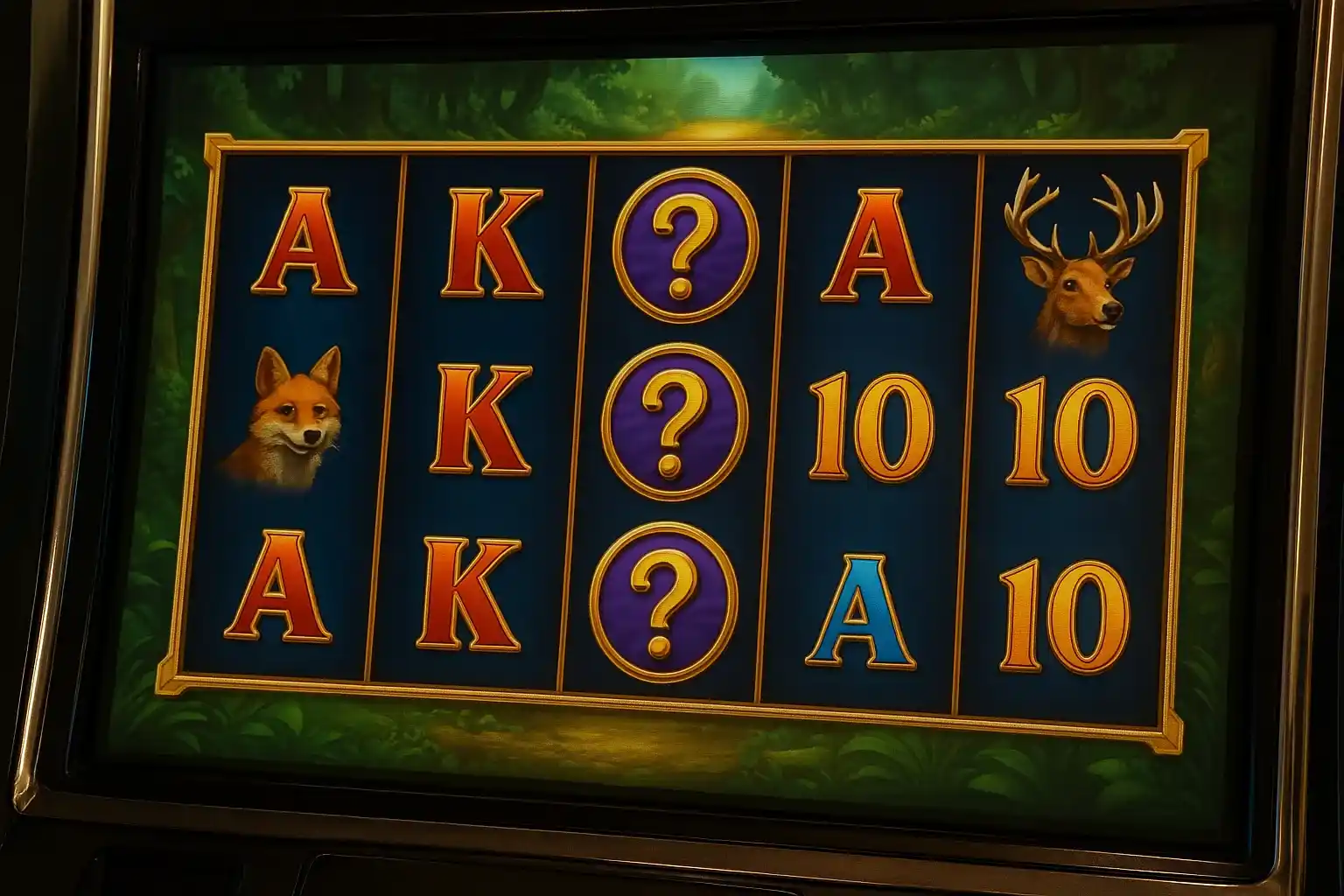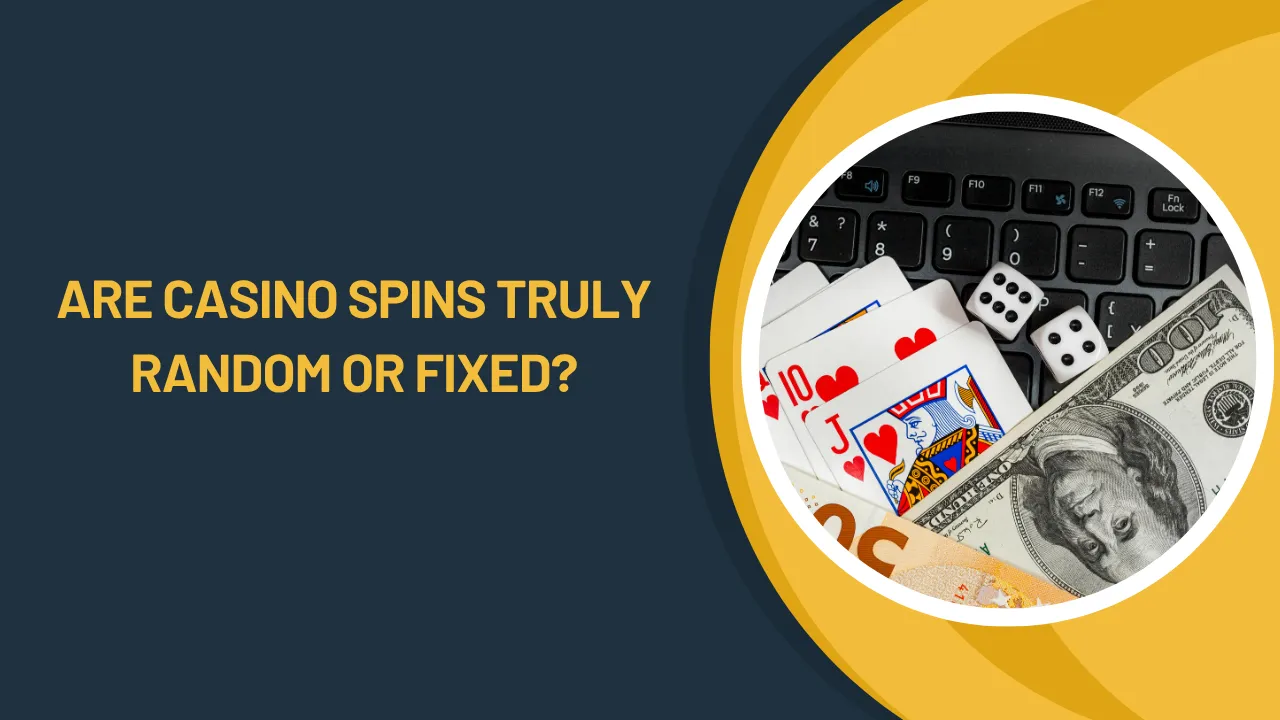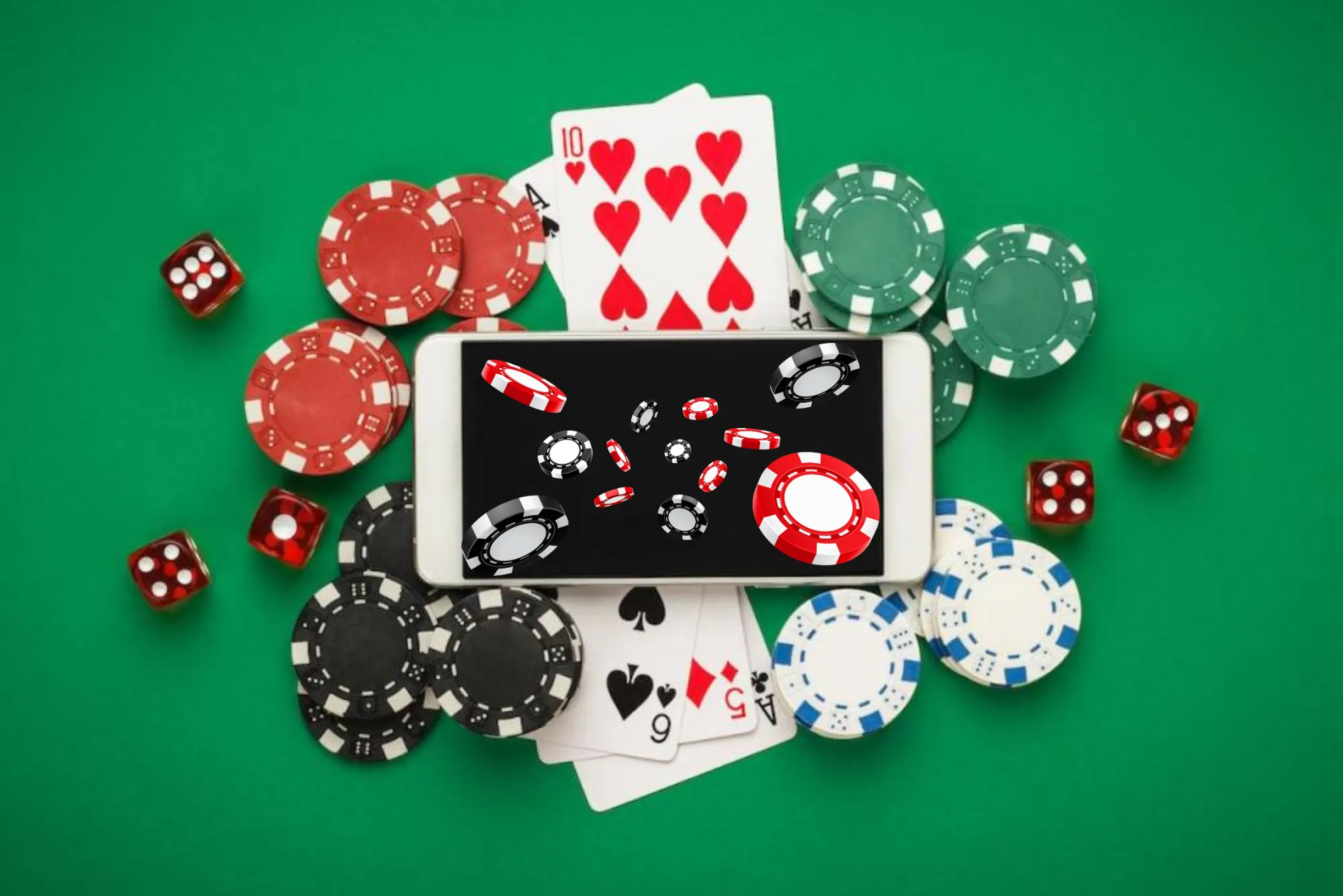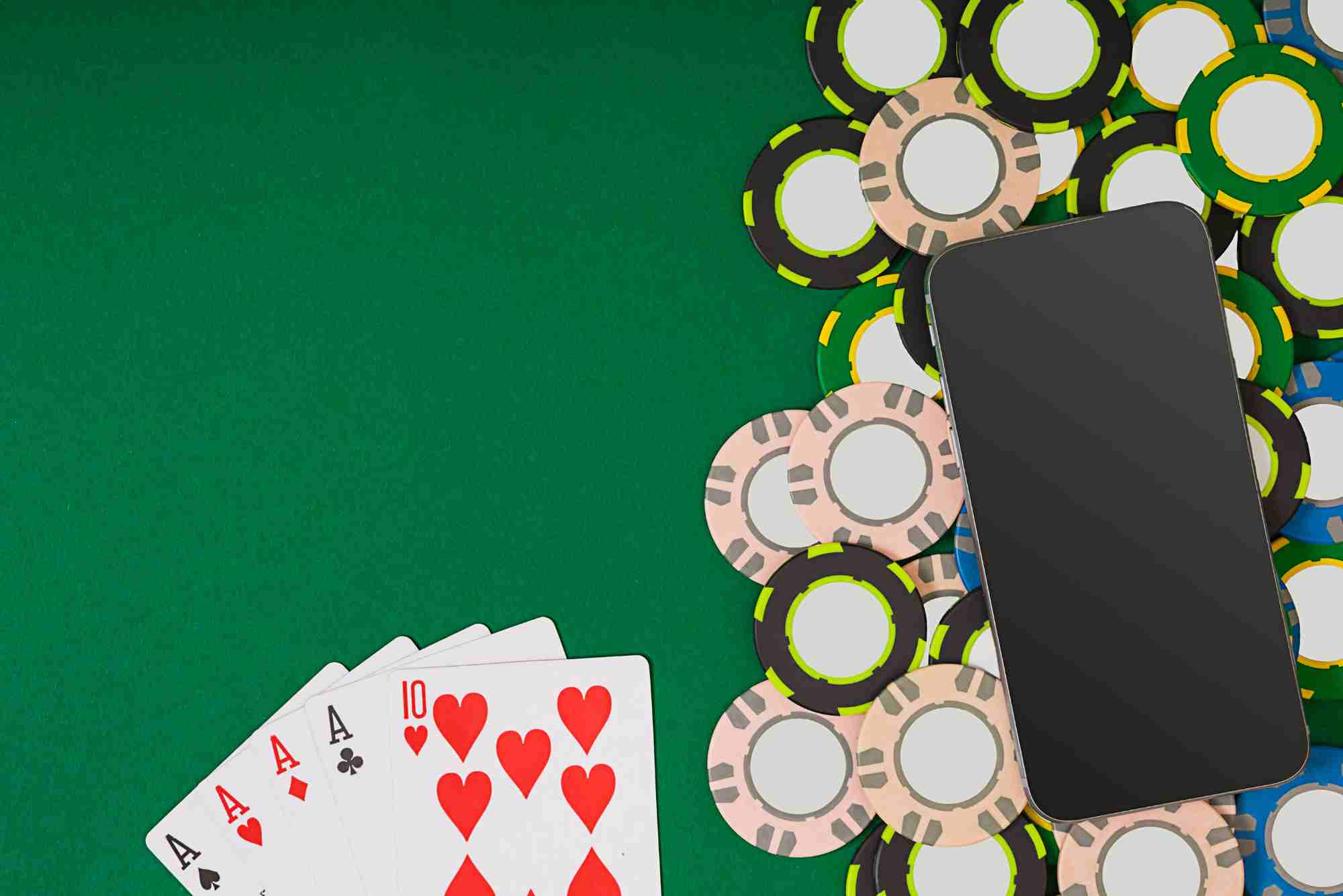The first time I encountered a “pick” feature in a slot, I assumed it would only emerge from a dedicated bonus round—the classic treasure chest selection after landing three scatter symbols. Then one evening, while casually spinning a mid-volatility forest-themed game, a glowing symbol appeared right in the middle of an ordinary base spin. I tapped it, expecting a coin tally, and instead a mini pick panel slid over the reels offering multipliers. That moment reshaped how I evaluate slot design. It raised today’s core question: Are picks found in base reels, or are they strictly bonus territory? The short answer is yes—many modern slots embed pick opportunities directly into the base game. But the longer answer involves understanding why designers do this, how it affects RTP presentation, volatility curves, and player psychology, and how you can identify (and leverage) these mechanics whether you play in physical venues or on non GamStop casinos.
Defining “Picks” in Contemporary Slot Design
In slot terminology a “pick” (also called a “pick’em” event) is an interactive selection mechanic where you choose from concealed options—chests, coins, crystal orbs, cards, shells—for an immediate reward: cash credits, multipliers, free spins, symbol upgrades, progress tokens, or access to deeper bonus levels. Historically picks lived inside triggered bonus rounds; you earned them by landing scatter symbols. In newer designs, developers surface smaller-scale pick moments inside the base reels to punctuate standard spinning with tactile decisions. They might appear spontaneously, ride along with special symbols, or unlock via accumulation meters that fill during base play.
Why Developers Embed Picks in Base Play
From a design perspective, adding picks to base spins solves several challenges:
Engagement Smoothing
Traditional base game loops can feel passive: press spin, watch, repeat. Intermittent on-reel pick prompts inject agency, breaking monotony and extending average session length without dramatically hiking RTP cost.
Perceived Value vs. Mathematical Cost
A mini pick that offers 2x, 3x, or modest credit prizes can feel like a meaningful event while costing only a fractional slice of RTP budget. Designers redistribute some value away from infrequent large bonuses into mid-frequency micro-interactions.
Volatility Tuning
Embedding low-to-mid tier pick rewards lets developers moderate variance. Instead of long droughts between large features, a slot can sprinkle medium hits that stabilize bankroll curves, making the game friendlier to casual players while still reserving deeper tiers (e.g., progressive jackpots) for bonus modes.
Narrative Cohesion
Story-driven slots (adventure, archaeology, heist themes) use base pick events as “chapters” or “clues,” advancing a collection set or map. This supports meta-progression (collect 5 artifacts to unlock elevated free spins) and reduces the psychological gap between spins.
Common Trigger Models for Base Reel Picks
Developers employ several trigger archetypes. Recognizing them helps you read a paytable quickly:
1. Overlay Pick Symbols
Special symbols land (often on middle reels) and, when fully visible, transform into clickable icons. Examples: a coin with a question mark, a glowing rune, a key symbol that opens a mini grid of boxes.
2. Accumulation Meters
Certain symbols (e.g., gems) are tallied into a meter that, once filled (10/10), auto-launches a pick sequence. The meter then resets or advances to a more lucrative stage.
3. Cascading or Avalanche Chains
After a defined number of consecutive cascades (e.g., 4 collapses), a pick screen overlays offering multiplier choices. This ties interactivity to skilled risk decisions (players may tweak bet size anticipating a near-complete chain).
4. Random Portal / Mystery Events
At the conclusion of a losing spin, the game randomly awards a pick second-chance event. This helps mitigate perceived “dead spins” and keeps retention high.
5. Reel Expansion Tokens
Landing token fragments on base reels can assemble into a full emblem; once complete, a pick interface determines how many expanding wild reels you receive for immediate next spin(s).
Distinguishing Base Picks from Bonus Picks
It helps to analyze their scale and stakes. Base reel picks usually offer outcomes that modify the next few spins (sticky wild additions, mild multipliers, symbol upgrades) or award a small instant credit. Bonus round picks, by contrast, often set the entire structure of the feature (choose free spin number vs. multiplier, unlock progressive jackpot tiers, reveal persistent wild patterns).
A quick diagnostic:
| Dimension | Base Reel Pick | Bonus Round Pick |
|---|---|---|
| Frequency | Medium to high | Low |
| Average Reward Size | Small–moderate | Moderate–large |
| Impact Duration | Immediate or short-term | Full feature arc |
| Player Agency Weight | Light | Heavy |
| RTP Allocation Share | Thin slices | Larger concentrated share |
Mathematical Impact on RTP and Volatility
Every interactive element must fit inside the published Return to Player. Designers treat base reel picks as expected value slices. Suppose a slot with 96.20% RTP allocates 2.5% to base pick events. Each pick’s average EV might be modest—say 4x bet—distributed over a frequency like 1 in 35 spins. Because players remember the event more than the precise payout, the game gains an outsized perception of generosity relative to actual cost.
Volatility impact depends on reward distribution: a narrow spread (2x–6x) dampens variance; a spiky distribution (1x duds, occasional 50x) raises excitement and standard deviation. Observing a slot’s pick prize ladder in its help screen reveals which path the designer chose.
Player Psychology: Agency and Micro-Ownership
Base pick events create a locus of control illusion: though all underlying outcomes are pre-seeded by RNG when the event triggers (in many jurisdictions the result is already determined before you click), presenting hidden choices lets the player feel responsible for the outcome. This sensation extends session length and satisfaction even if EV is neutral. It’s vital for informed players to recognize that picking the third chest instead of the first rarely changes the pre-calculated reward (regulation varies—some jurisdictions allow post-choice RNG calls, but many pre-lock results). Understanding this doesn’t remove the fun; it lets you keep perspective and manage bankroll rationally.
Identifying Base Picks Quickly in a New Slot
When loading a fresh title:
Open “Paytable” or “Help” and scan sections labeled Features, Random Events, Mystery Reveals.
Look for phrases like “may randomly trigger,” “collect,” “fill the meter,” “mystery pick,” “instant prize.”
Note frequency hints: words like “frequently,” “occasionally,” “rarely.” While non-numeric, they guide volatility expectations.
Check if picks upgrade symbols (e.g., low symbols removed post-pick); such transformations often amplify subsequent spin potential beyond the immediate reward.
Conduct a short test in demo mode: log 100 spins at a default bet and tally pick occurrences. If you capture 3 events, approximate raw frequency ~1 in 33 spins—consistent with mid-frequency design. This empirical sniff test helps you decide if a game aligns with your session goals (steady engagement vs. long waits for large features).
Strategy: Optimizing Around Base Picks (Without Illusions)
While you can’t alter RNG, you can align your play:
Bankroll Segmentation
Allocate a “feature cycle” bankroll sized for the expected gap between higher-tier picks + the bonus round. If base picks appear every ~30 spins, estimate cost of 4 cycles (120 spins) at your stake and ensure bankroll covers variance.
Bet Sizing Before Meter Completion
If a meter shows 9/10 collected shards and you were considering a bet increase, be cautious: the next spin may trigger the pick at a higher stake (good if you want amplified reward) but only if your bankroll tolerates elevated volatility.
Session Exit Signals
When a slot’s base picks are front-loaded (some games weight RNG to show more early novelty), EV may plateau subjectively. If pick frequency noticeably drops or repeats low-tier prizes, consider rotating to preserve cognitive freshness.
Ethical Design and Transparency
Responsible operators clearly indicate whether picks are predetermined or influenced by selection. Look for statements in the rules like “Outcomes of bonus features are randomly determined before presentation.” Transparency fosters trust; opaque wording can mislead beginners into superstitious behaviors (e.g., “I should always pick the left chest”). Educated players help elevate industry standards by favoring transparent titles.
Cross-Platform Evolution and Hybridization
As land-based cabinets adopt elements from online ecosystems, base reel picks now appear on physical machines with touch-enabled panels. Some hybrid setups log your pick achievements to your loyalty account, allowing cross-session meta-progression (collecting relic sets or unlocking permanent reel modifiers for the day). Expect future trends: adaptive pick difficulty responding to session length, community pick events where pooled choices influence a shared pot, and “eco-themed” picks that tie marketing to causes—selecting virtual conservation badges that prompt micro-donations (an emerging area brands experiment with).
Avoiding Cognitive Pitfalls
Players sometimes misinterpret a cluster of low-value picks as a “due” high prize. Remember: independent events remain independent. Track results objectively. If chasing large pick reveals drifts you from your original bankroll plan, reset or switch games. Use breaks—decision fatigue can lead to raising stakes impulsively after a string of modest reveals.
Responsible Play Lens
Base picks increase decision density (number of choices per minute). Higher decision density can accelerate time perception loss, causing sessions to feel shorter than they are. Counteract this with external anchors: set a real-world timer or consumption limit (e.g., finish one bottle of water per 30 minutes). Integrate self-imposed “cool down” spins: after a pick, play five spins at minimum stake to recalibrate emotional state before resuming standard stake.
Conclusion
Yes—picks are absolutely found in base reels across many contemporary slot titles. Their integration reflects a broader industry movement toward continuous engagement, moderated volatility, and layered narrative progression. For players, understanding the how and why behind base pick mechanics transforms them from shiny surprises into predictable elements of the game’s economic structure. Approach them with informed curiosity: appreciate the craftsmanship, enjoy the micro-agency, but anchor your expectations in math, not magic. With a clear bankroll plan, an eye for transparent design, and mindful session habits, base reel pick features can enrich your slot experience without derailing your discipline. May your next base spin deliver a pick that not only entertains but also fits neatly into your overall strategy.








